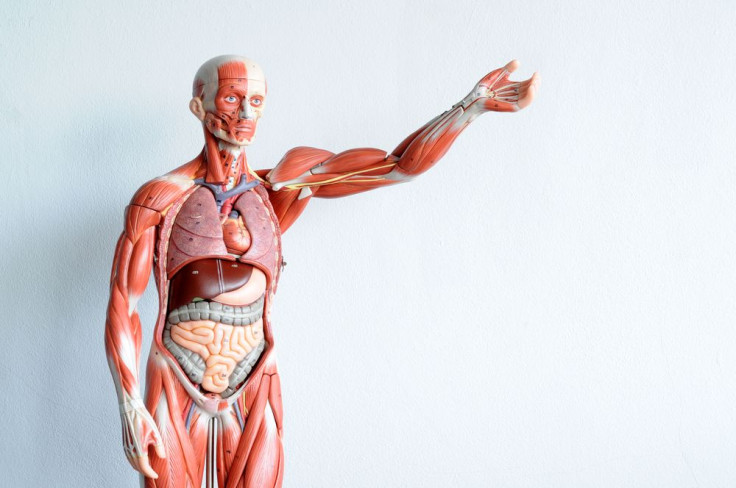Human Body's Chronological And Biological Age May Differ: Why Your Breast Tissues Are Older Than The Rest Of You

The human body has two different ages: a chronological age and a biological age. Chronological age refers to the actual time a human has been alive, while biological age refers to how old that human seems.
“Most of us have all had the experience of being surprised to find out that someone is far younger than we had imagine — for instance, when an individual we thought was in their late 50s turns out to actually be in their mid-40s,” Dr. Terry Grossman, founder and medical director of the Grossman Wellness Center in Denver, explained for Everyday Health. “And, by the same token, we will occasionally discover that someone is considerably older than we had guessed. The reason for these discrepancies is often because their biological ages are different than their chronological ages.”
Experts consider telomeres — the protective ends of chromosomes — when calculating this age difference. Telomeres work to keep chromosome ends from deteriorating or fusing with a neighboring chromosome, affecting how quickly cells age and die.
“Every time that a cell divides, a telomere bead falls off from the end of the chromosome,” Grossman said. “It appears there is a direct correlation between telomere length and biological age. The longer you live, in other words the greater your chronological age, the shorter the total length of your telomeres.”
As Medical Daily previously reported, “those with shorter telomeres or telomerase mutations were more likely to experience an early death, or develop disease and neurodegenerative disorders.” However, maintaining a healthy lifestyle, including a healthy diet and regular exercise, may also maintain telomere length.
Methylation Levels Matter
Another internal process experts use to define human’s biological age is methylation of DNA. As the journal Nature defined, methylation “is a common epigenetic signaling tool that cells use to lock genes in the ‘off’ position.” Researchers added the active role of methylation is unknown, “but it appears that proper DNA methylation is essential for cell differentiation and embryonic development.” This explains how cells that are coded the same — see heart and brain cells — can function differently.
Steve Horvath is a geneticist at the University of California-Los Angeles’ medical school, and in 2013, he set out to see if methylation could be used to accurately predict age across a variety of human tissues and cell types. Essentially, he used levels to curate a new kind of biological clock in order to determine why human bodies age. And after looking at data from 8,000 samples of 51 different cells and tissues, he found while most chronological and biological samples were the same age, some samples weren’t.
"The big question is whether the biological clock controls a process that leads to aging," Horvath said. "If so, the clock will become an important biomarker for studying new therapeutic approaches to keeping us young."
More interesting than that are the specific parts of the human body biologically older than others. Breasts, for example, are some of the “oldest” tissues in the body. Horvath found healthy breast tissue can be up to three years older than the rest of a woman's body; it’s an average of 12 years older if healthy breast tissue is near cancerous tissue.
Horvath conceded the fact the breast tissue samples in his study were mostly cancerous he’ll needs to recreate the study with healthier samples. But this insight to cancerous, or tumor, tissue may be beneficial in the future to cancer researchers. If a woman’s breast tissue ages faster than her body, it’s possible this is why breast cancer is the most common type diagnosed in women.
This isn’t only applicable to cancerous breast tissue either. Horvath found tumor tissue is 36 years older than normal, healthy tissue; it was more than 80 years old in brain cancer tissues taken from children.
Horvath found, too, human heart tissue has a lower biological age. He wrote, “the recruitment of stem cells into cardiomyocytes for new cardiac muscle formation could explain why human heart tissue tends to have a low … age.”
A separate study found people who function poorly are considered biologically older, while people who function well are considered biologically young. The obvious biomarkers, of course, are things like, gray hair and ski inelasticity. But with Horvath’s new clock, scientists literally have deeper access to what ages the body, how old it is biologically, and more importantly, what these findings can do for new treatments and therapies.



























